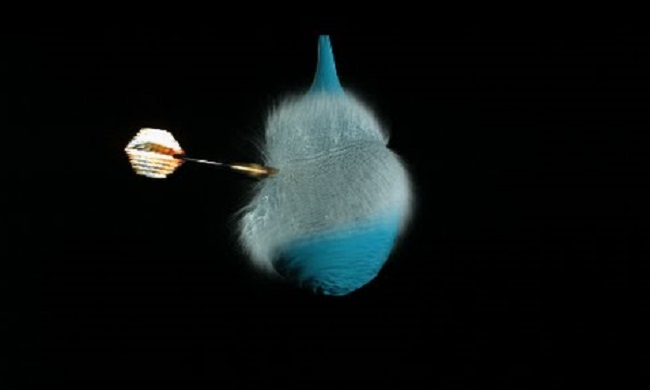I am proud to announce the release of the extended (2nd) edition of my book “Fighting the Migraine Epidemic: A Complete Guide. How to Treat & Prevent Migraines Without Medicines.”
If you follow my articles on this blog, you know that my primary focus is migraines and my secondary focus is nutrition. You may wonder how the two connect, why nutrition is important, and why research in this field can primarily be found only in books.
Based on my experience of working with over 4,000 migraineurs of all migraine types over the past four years, I can summarize migraine the following way: migraine is a group of genetic differences (variances)—different from the larger, non-migraineur, population’s genes—that represent migraine as a disease exactly the same way as red hair does (also a group of genetic differences) versus brown hair, which represents the majority of the population. If red hair is not a disease, nor is migraine. I suspect you think at this point that I lost some of my wheels, but nope, you are reading the words of an aura-migraineur of over 40 years, who has been through too many migraines (and medicines, none of which ever worked) to count. The explanation of the above sentence is greatly detailed in the book.
This new book is a Complete Guide, think of it as a manual to migraine prevention how-to. The nutrition connection is vital. In summary, migraineurs are endowed by a different brain that has been referred to by others as the migraine-brain. I use this term all through this book because the brain of migraineurs is very different from the brain of non-migraineurs. I will not cover here all the details, only mention a few aspects of the nutritional connection.
Glucose Intolerance and Migraine
We use the term glucose intolerance to represent the basic condition of people with pre-diabetes or type 2 diabetes. These diseases are brought on by excess exogenous (externally provided) glucose consumption and excess insulin secretion in response. This then places the afflicted person into a compromised health condition. However, I am using this term in the book to represent migraineurs even though they may not have prediabetes or type 2 diabetes. Migraineurs are glucose intolerant (for a lack of better expression) because their metabolic process cannot handle the consumption of exogenous glucose. When a person cannot handle exogenous glucose consumption as a result of genetic variances, it is not a disease per se since exogenous glucose consumption is not required for life. The body is completely capable of creating all the glucose it needs from protein (gluconeogenesis) and (glycogenesis) by the liver. The resulting stored glucose can then be used later on demand. One need not eat carbohydrates to provide the body with glucose for its fuel. Carbohydrates are not essential nutrients since the body can produce the fuel they provide us: glucose.
Migraineurs, as an exogenous glucose intolerant subgroup of the population, would do better by avoiding all exogenous glucose. In addition, migraineurs have a host of other variances that only affect them if they eat exogenous glucose containing foods. Therefore, migraine is preventable. If migraineurs chose to eat limited amount of carbohydrates in low glucose content vegetables, nuts, seeds, and some types of fruits, they can still prevent their migraines by the use of the Stanton Migraine Protocol® detailed in the book and as practiced in our Facebook migraine group.
We Need Your Help
Hormones Matter needs funding now. Our research funding was cut recently and because of our commitment to independent health research and journalism unbiased by commercial interests we allow minimal advertising on the site. That means all funding must come from you, our readers. Don’t let Hormones Matter die.











